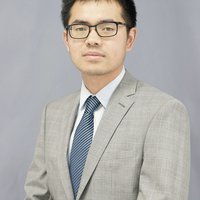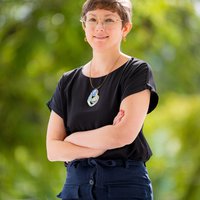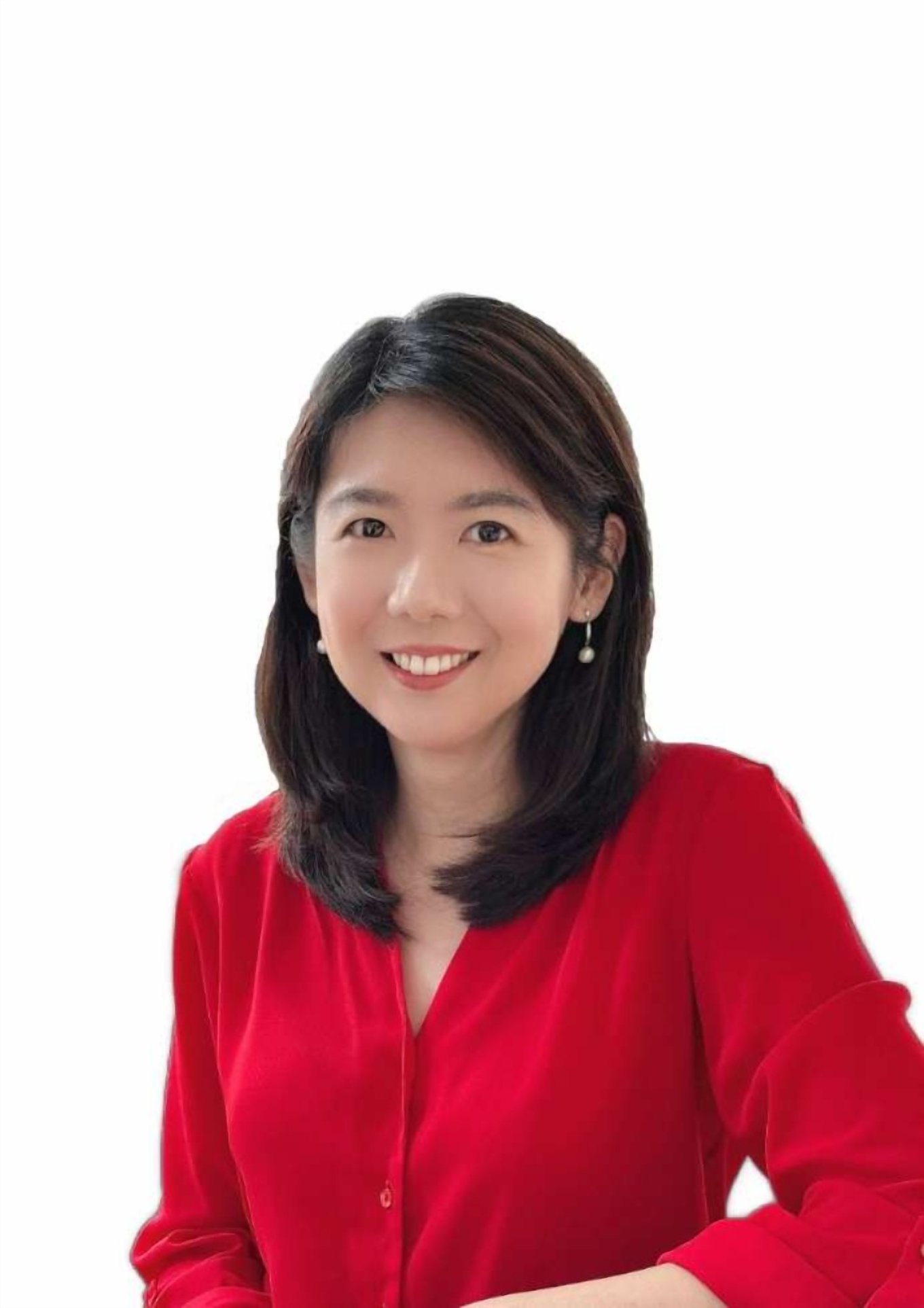Nanotechnology & materials
Le Yang
Ultra-high efficiency solution-processed OLEDs and small on-skin electronic sensors to non-invasively measure biochemicals.

Asia Pacific
Mingjun Huang
Liquid crystals with unprecedented structures and properties for optic and electric applications.

Asia Pacific
Xiang Chen
He constructed a new approach to artificial intelligence design of advanced electrolytes for lithium batteries.

Europe
Hortense Le Ferrand
Nanyang Technological University

Asia Pacific
Leng Kai
The first monolayer 2D hybrid perovskite optoelectronic devices and discovering their unique physical properties.
